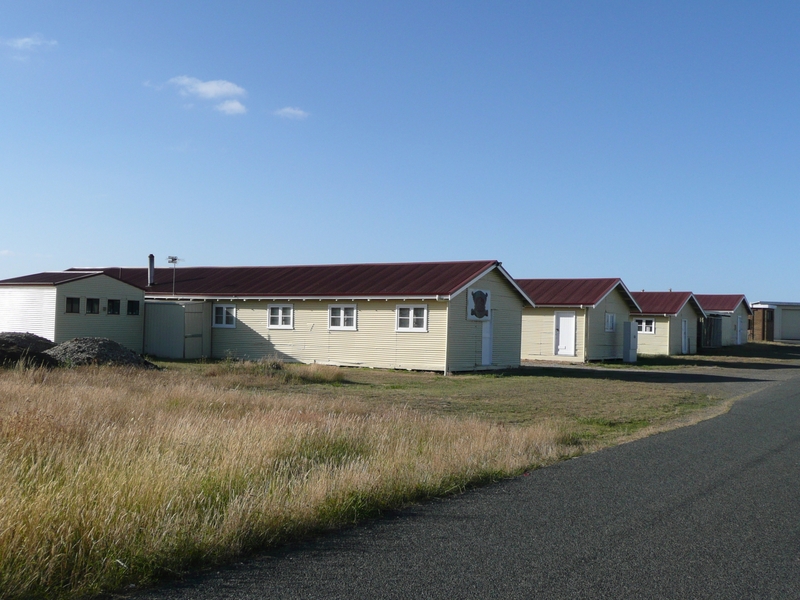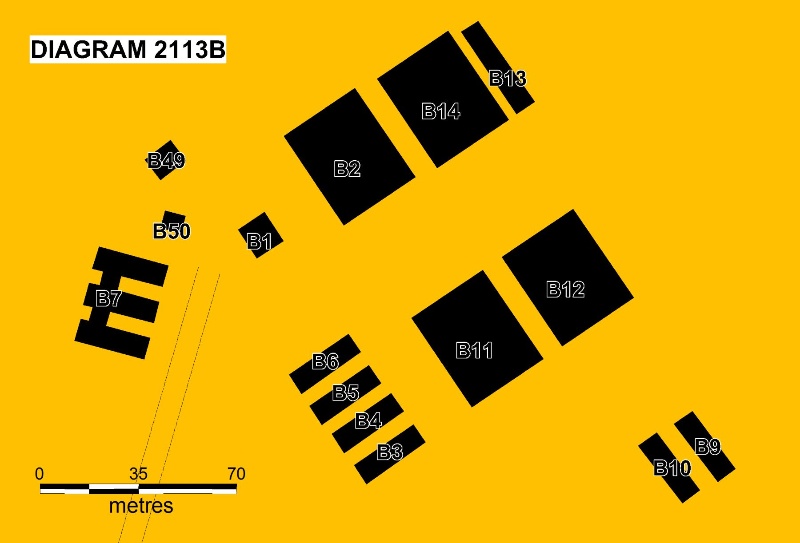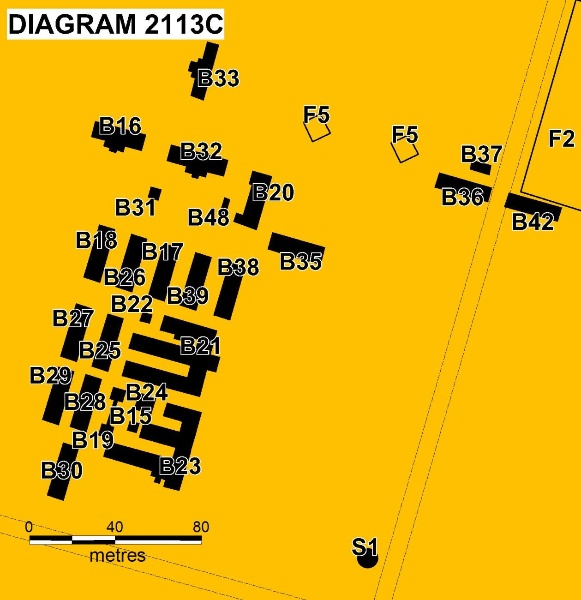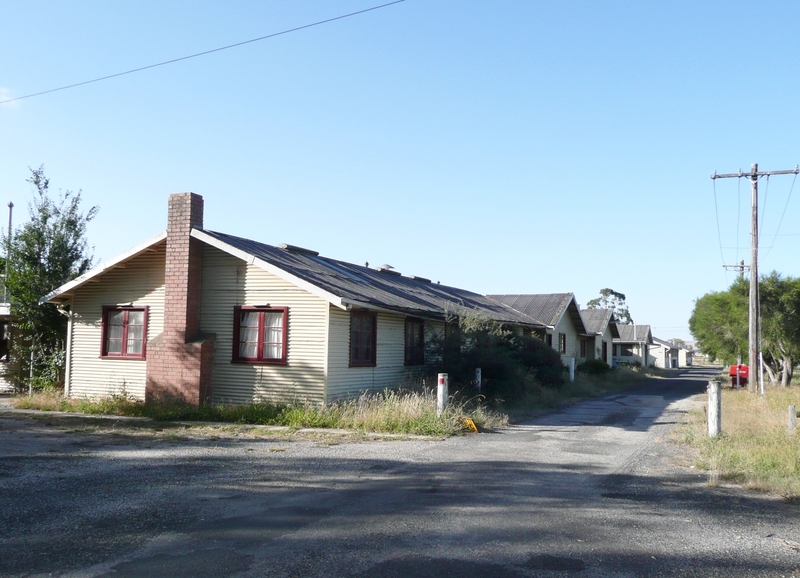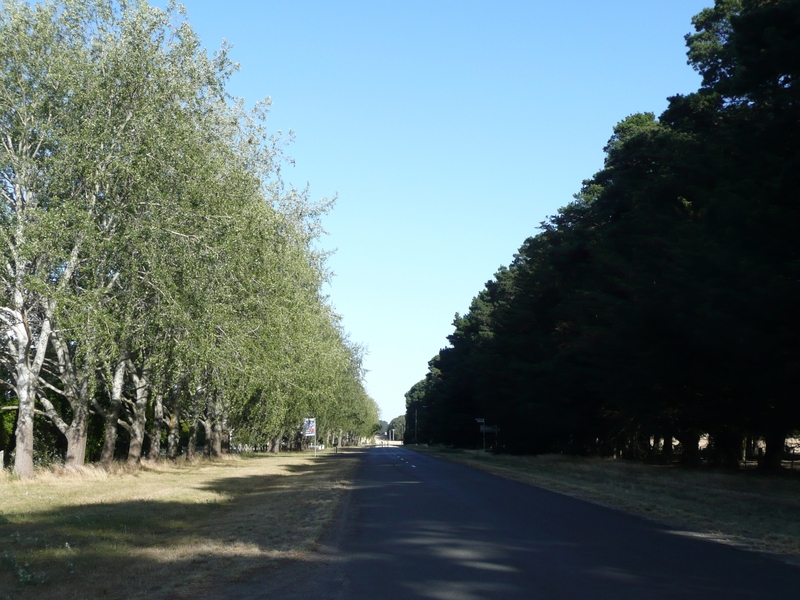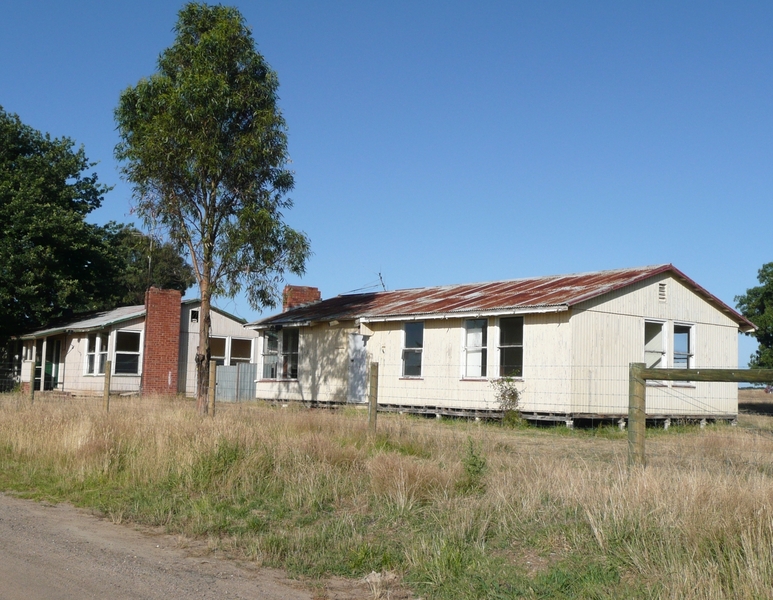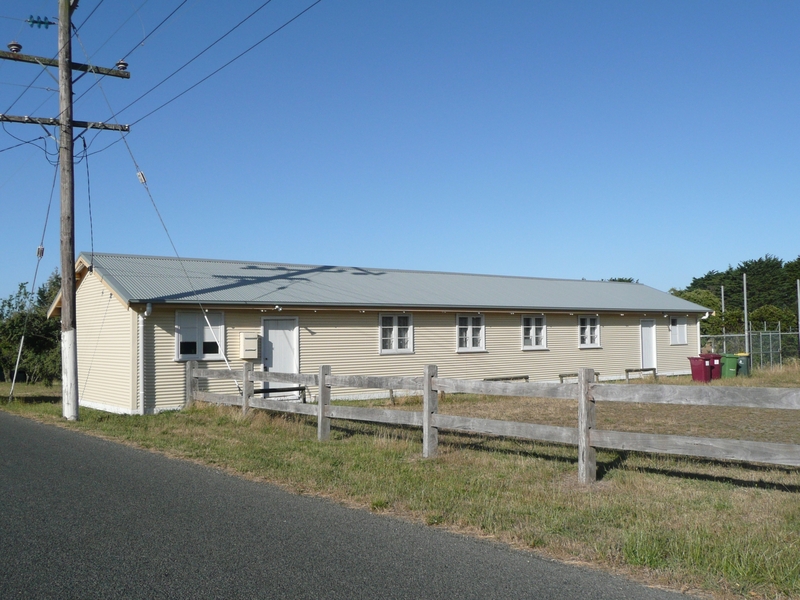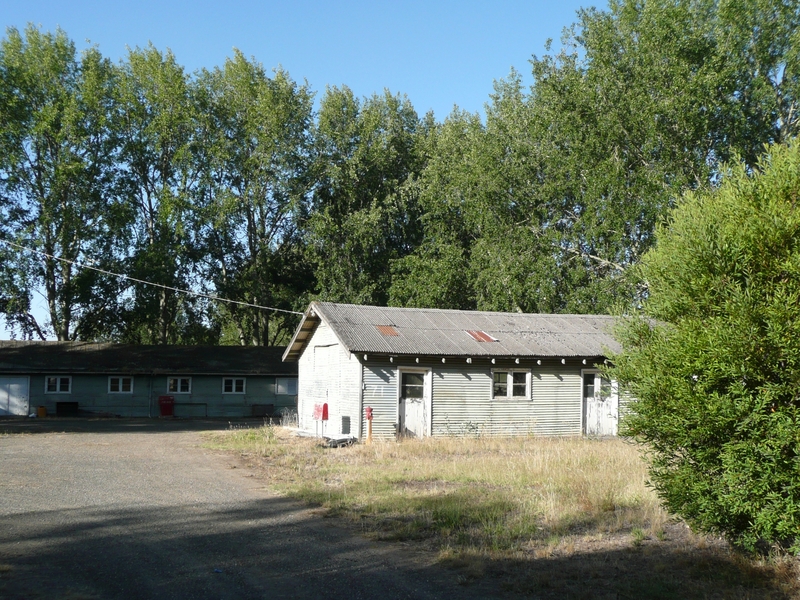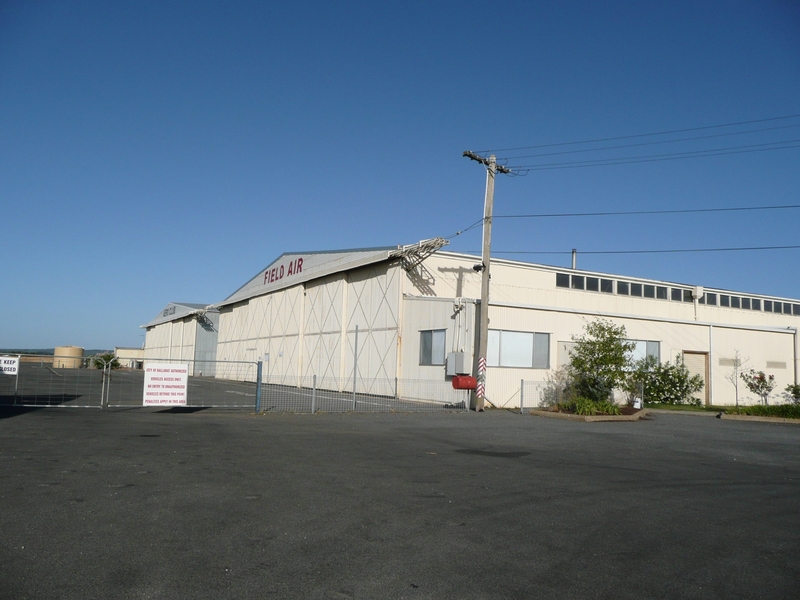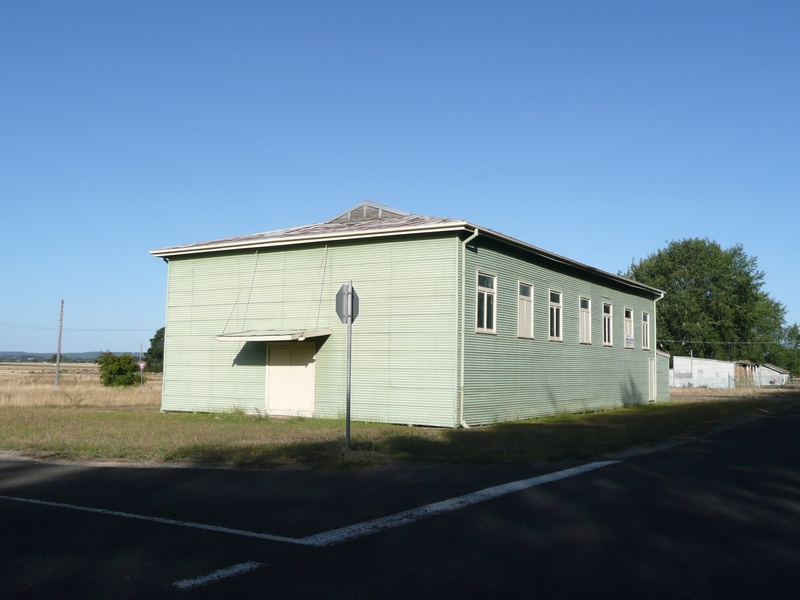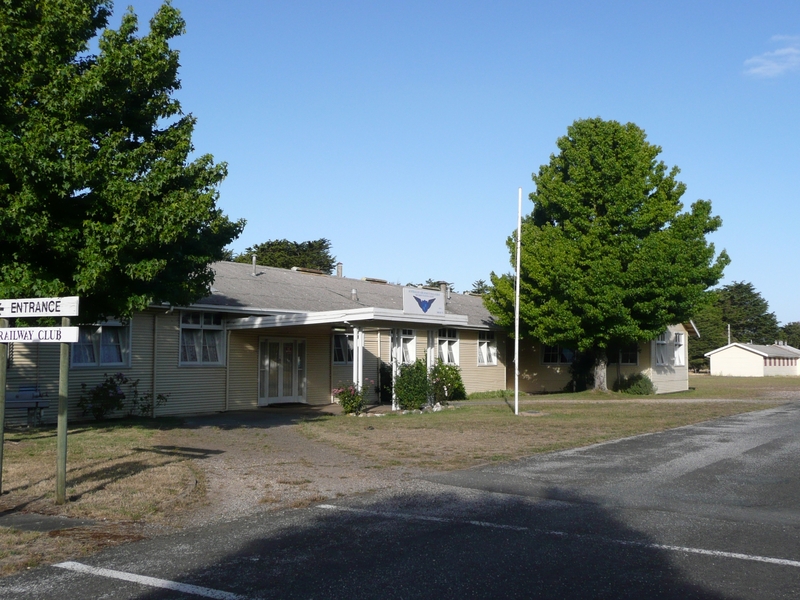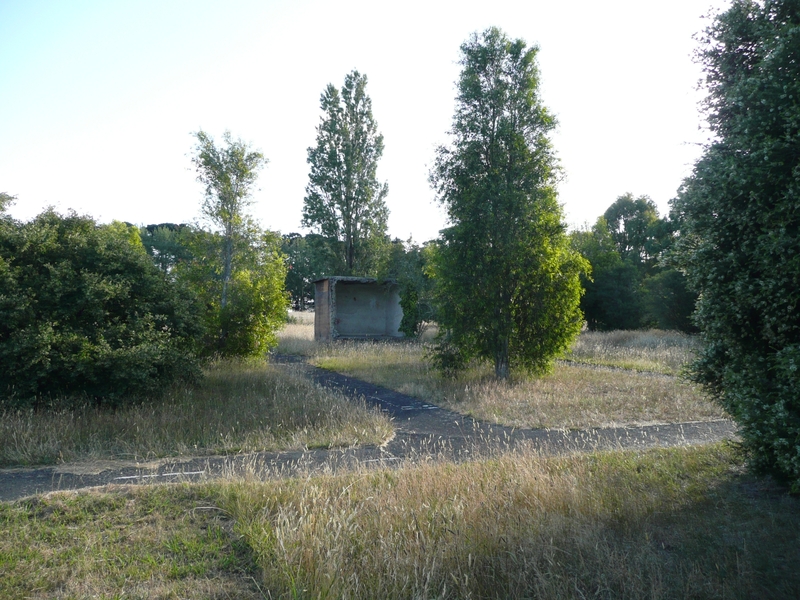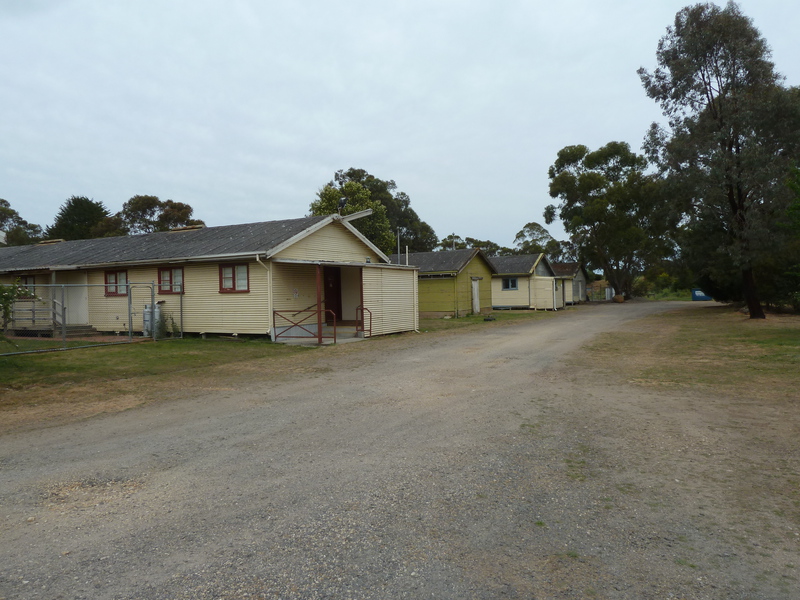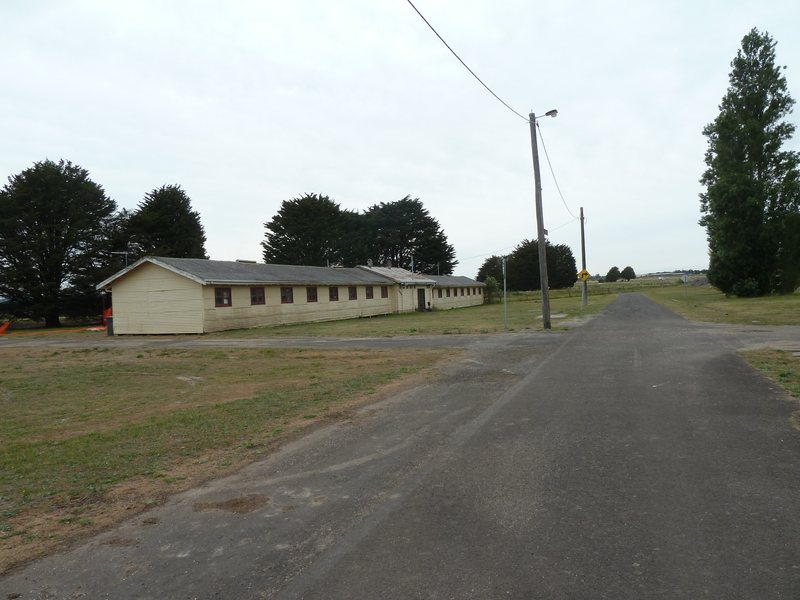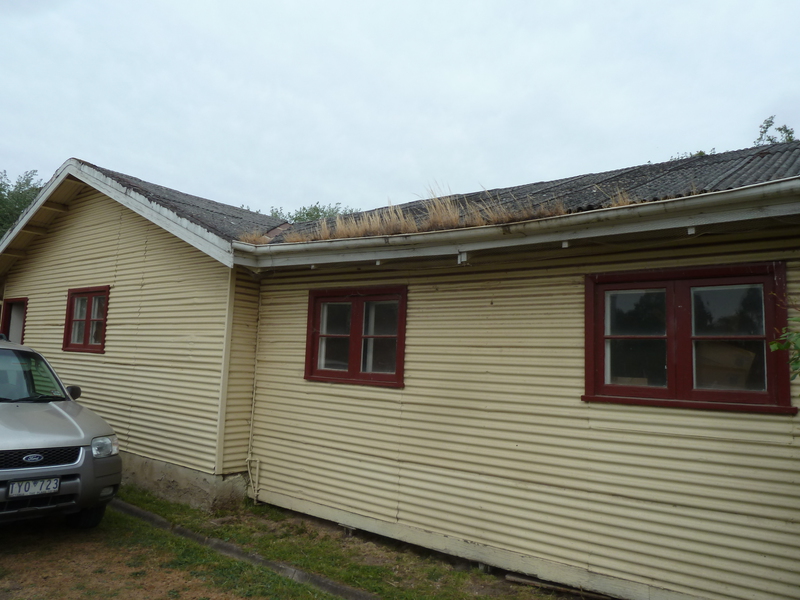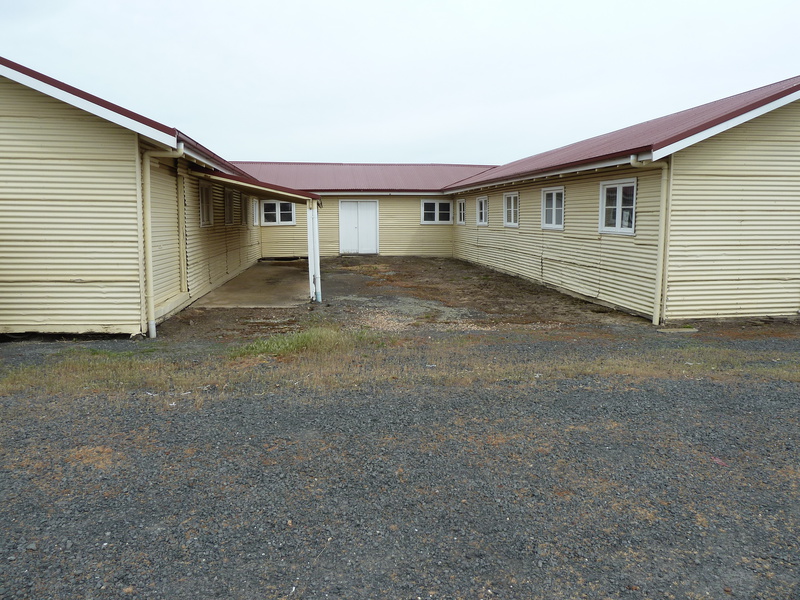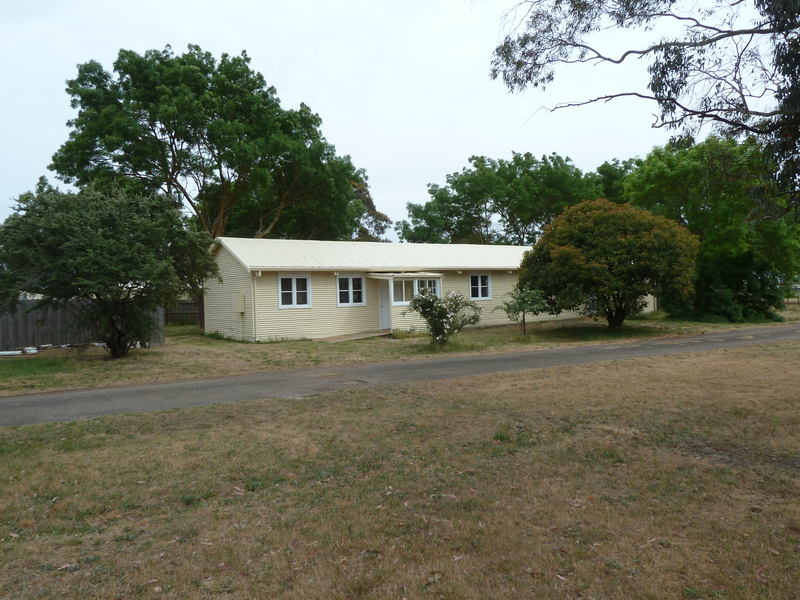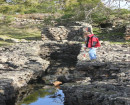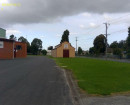Public contributions
Tours involving this place See all tours
11/11/18
CHRIST CHURCH COMPLEX - FORMER MOONEE PONDS COURT HOUSE - FORMER MARKET HALL AND ROYAL OAKS - FORMER FREEMASONS HALL - BENDIGO CEMETERY - ST PAULS ANGLICAN CATHEDRAL - COMO HOUSE - FORMER COCKATOO KINDERGARTEN - MELBOURNE GENERAL CEMETERY - FORMER YEA RAILWAY STATION - SACRED HEART CATHEDRAL - FORMER REIDS COFFEE PALACE - FORMER POLICE STATION - FORMER BALLARAT RAAF BASE - OLD COLONISTS ASSOCIATION - LOREN - CLUNES TOWN HALL AND COURT HOUSE - ALEXANDRA COURT HOUSE AND FORMER SHIRE OFFICES - BALLAARAT MECHANICS INSTITUTE - HEPBURN MINERAL SPRINGS RESERVE
